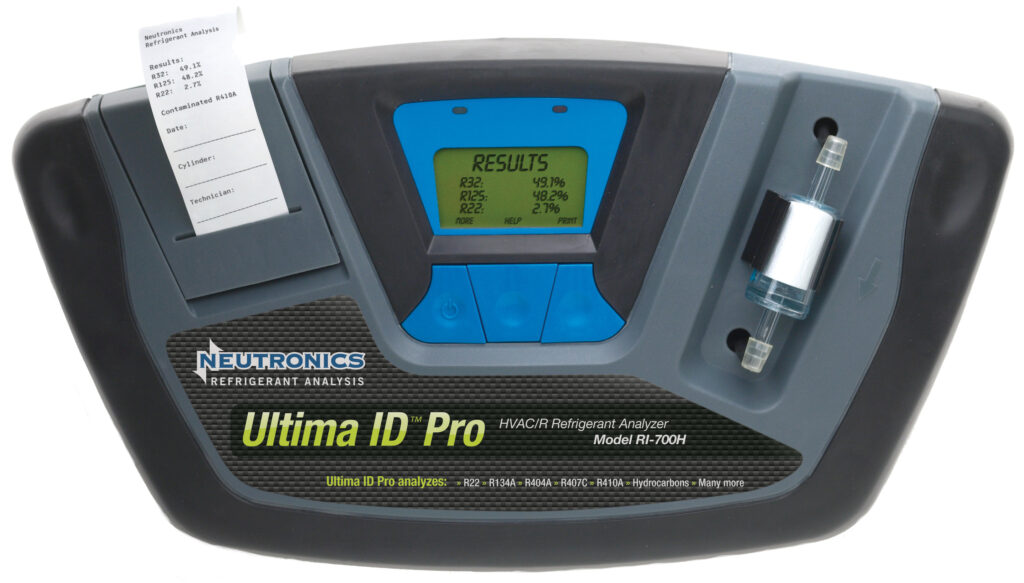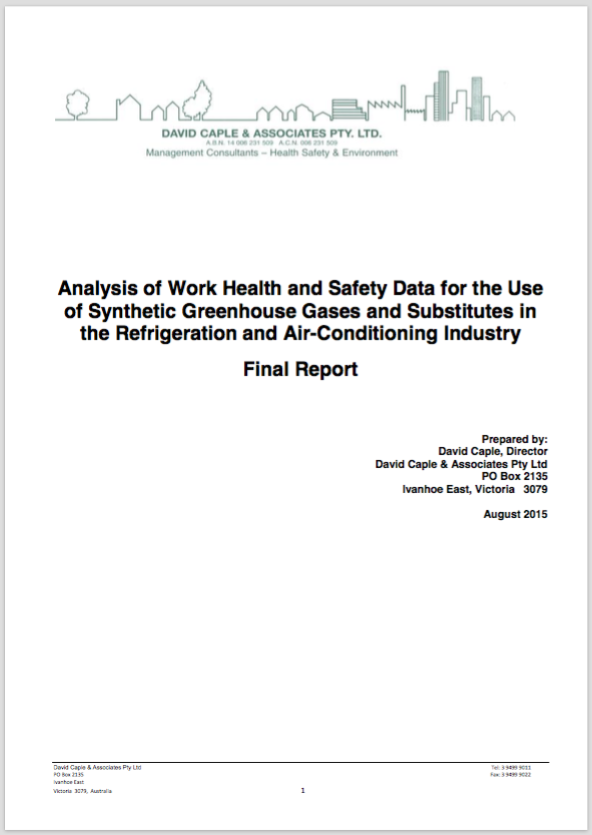Ozone review pays lip service to safety concerns
- PostedPublished 18 December 2015
Despite independent safety study, DoE sees barriers to action
In its Review of the Ozone Protection and Synthetic Greenhouse Gas Management Programme options paper, the Australian Department of the Environment says that as a Commonwealth authority it does not consider itself to have responsibility for the safety aspects of its central position within the refrigeration and air conditioning (RAC) industry, which it says is up to the states and territories.
The Department also claims it lacks the “constitutional power” to regulate substances not subject to Australia’s international Montreal Protocol or Kyoto Protocol obligations – in other words, low global warming potential refrigerants such as R1234yf and hydrocarbons.
However both positions are contradicted by the fact the Department commissioned David Caple & Associates to produce a report entitled Analysis of Work Health and Safety Data for the Use of Synthetic Greenhouse Gases and Substitutes in the Refrigeration and Air-Conditioning Industry.
The options paper and supporting documentation is littered with similar contradictions. For example, the technical analysis report even devotes an entire section to the David Caple study.
It is clear from reading the options paper that the Department has been listening to the concerns of industry and is informed by the David Caple report, from paragraphs like this:
“As the RAC industry moves towards lower GWP refrigerants, there is a growing need for technicians, consumers and WHS agencies in all jurisdictions to be aware of the risks and how to use these refrigerants safely. This is a major theme of many of the submissions to this review and warrants specific consideration as part of the review of the Ozone legislation.”
But the Department is merely paying lip service to the safety concerns of industry by including them on the one hand and abdicating responsibility on the other. The scope of the David Caple study also omitted the consumer safety angle.
While there is some validity to the Department’s position, it still has a duty of care as government body most closely involved with the RAC industry and its licensing authority, the Australian Refrigeration Council (ARC), particularly as this industry’s intertwining of environmental and safety concerns is so complex and multi-faceted.
The Department is the only government organisation explicitly covering refrigerants, so is ideally placed to administer related products not deemed to be an environmental threat (currently those that are both non-ozone-depleting and of low global warming potential).
The technical analysis section of the options paper refers to Regulation 135 of the Ozone Regulations, which call up the Australian and New Zealand Standards and Codes of Practice that apply to licensed technicians working on RAC equipment or handling scheduled (ozone depleting or synthetic greenhouse gas) refrigerants.
VASA members and the wider industry know how hard it is for the authorities to police and enforce these regulations on unlicensed people, who claim to need no license as they are exclusively using unscheduled refrigerants. Helpfully, the Department suggests that “calling up these codes of practice in WHS legislation could strengthen their application across the industry as a whole”.
It goes on to miss the point by claiming that “requiring technicians to operate in accordance with these standards for an environmental benefit they can help to ensure they are operating in a way that also assures workplace safety, in support of state and territory WHS requirements.”
Due to a combination of regulatory failures and the thoughtless actions of others, businesses and technicians trying to do the right thing now have to invest in additional equipment such as refrigerant identifiers, risk workplace safety incidents and face legal dilemmas when deciding what to do with systems containing a cocktail of flammable but non-polluting and non-flammable but polluting refrigerants.

Let us not forget the consumer, who is also put at risk by using equipment that has, from what VASA members and many in the wider industry have seen with their own eyes, been incorrectly maintained and now contains a flammable substance it was never designed for, without any safeguards installed or warning labels applied. The Department says this is a matter for consumer protection agencies, but by the time they get involved it is already too late.
And while the proponents of hydrocarbon refrigerants are keen to spread misinformation and conspiracy theories about those who raise concerns about the unregulated proliferation of their products, they show little or no interest in contributing to the cost of safely recovering refrigerant cocktails from systems, let alone transporting or safely destroying them, or proving the safety of their ‘drop-in’ retrofit claims.
It is a good thing and something of a breakthrough that the Department and the David Caple study are starting to finally provide some form of official acknowledgement of all this, but it seems that our best hope of bringing the situation under control would rather sit on its hands or pass the buck.
VASA will continue to challenge that position and encourage the Department to find creative ways of ending the chaos.
A good start would be to level the playing field by broadening the licensing system to cover all refrigerants, something the even Department acknowledges is unanimously desired across the RAC industry.
- CategoriesIn SightGlass
- TagsHFC phase down, Ozone Act review, SightGlass News Issue 4


